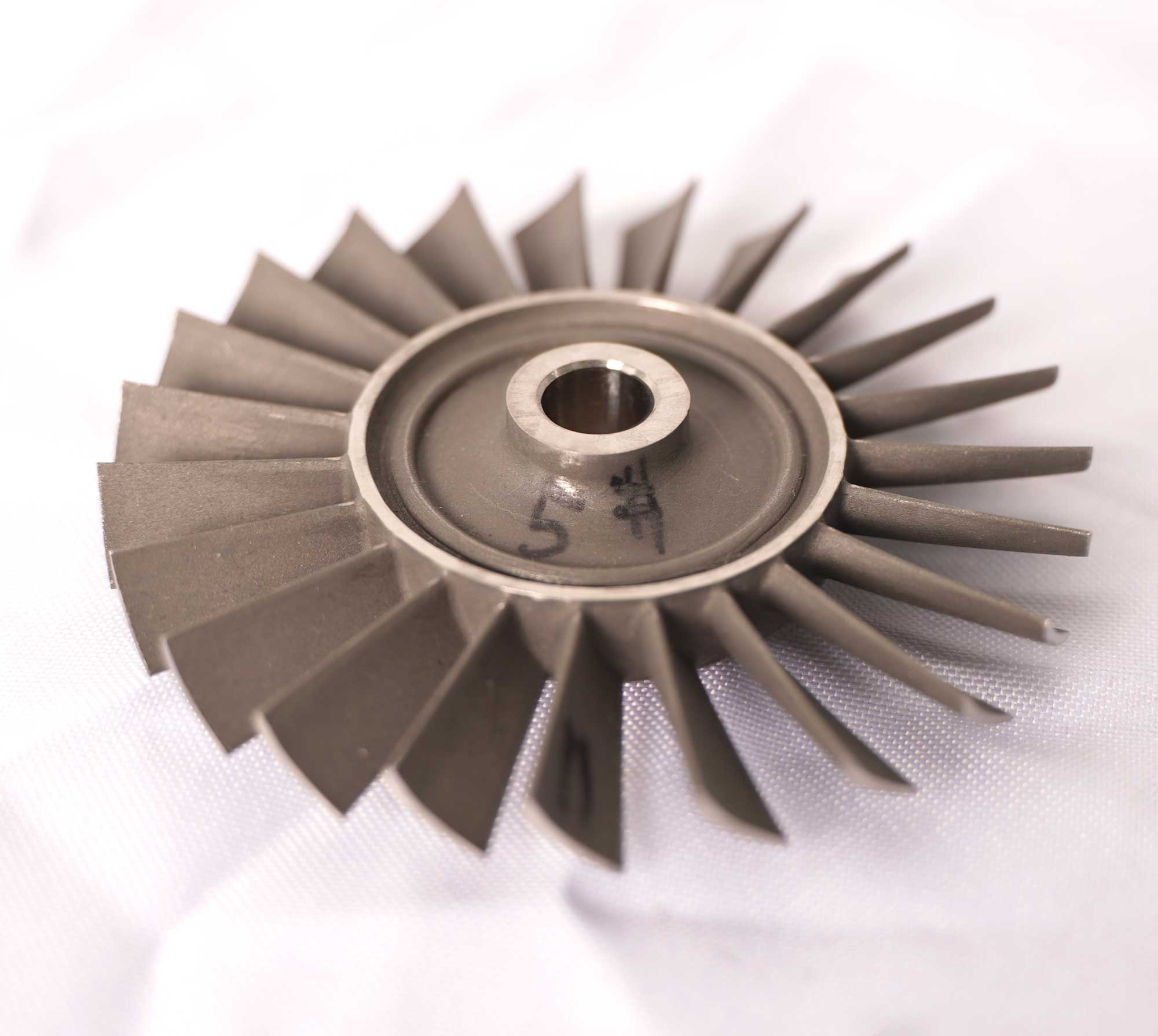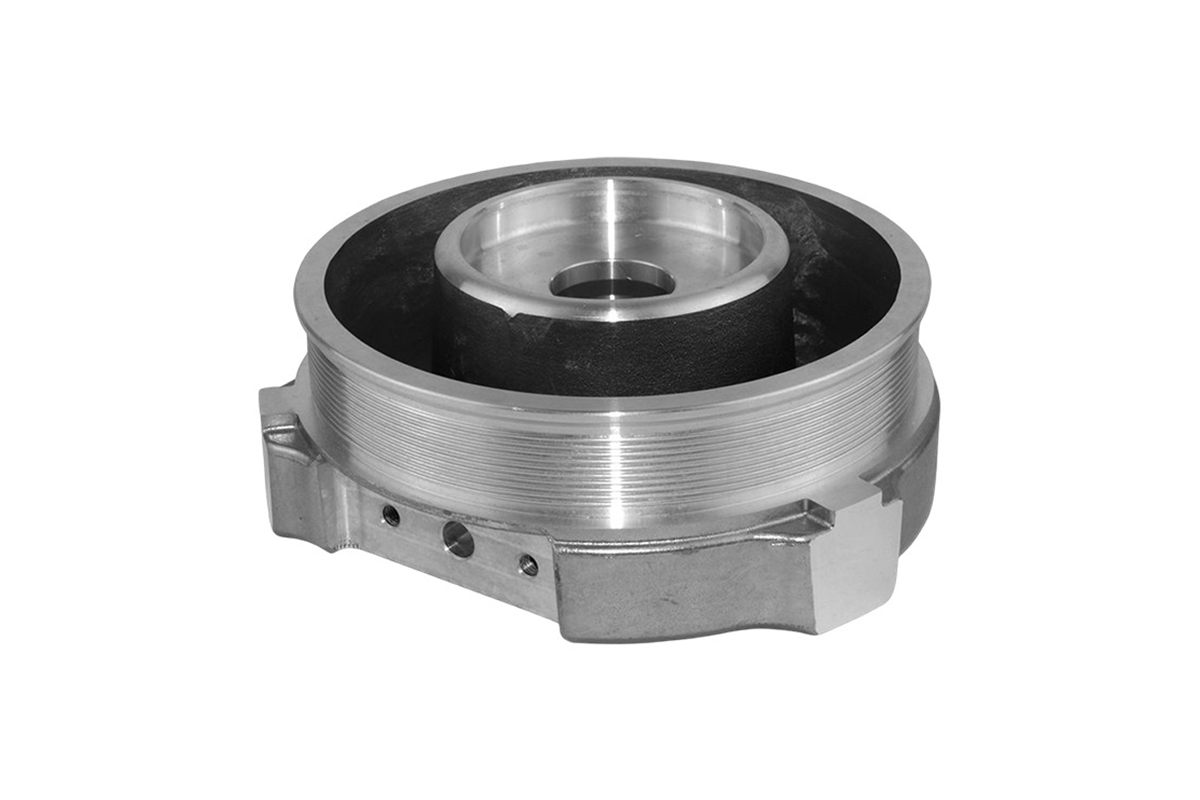Crafting Complexity: Unlocking Design Flexibility and Precision with Investment Casting
Introduction
Aluminum die casting has become an essential technique for manufacturers across various industries due to its ability to produce high-precision and complex components efficiently. Equally important as the casting process itself are the finishes applied to aluminum die-cast components. High-quality surface treatments enhance aesthetic appeal, improve product functionality, and significantly extend component durability, making products more appealing and reliable.
Understanding Aluminum Die Casting Finishes
Surface finishes refer to treatments applied to aluminum die-cast parts after casting. These finishes can be both decorative and functional, offering enhanced corrosion and wear resistance, as well as increased visual appeal.
Common finishes include powder coating applications, anodizing, polishing, electroplating, and painting. Each imparts unique advantages, from aesthetic enhancements to significant functional improvements in various demanding applications.
Key Benefits of High-Quality Aluminum Finishes
Enhanced Aesthetics and Consumer Appeal
Applying exceptional finishes such as polishing or electroplating significantly enhances the product’s visual appeal, drawing consumer attention and improving market competitiveness. A flawless surface signals high-quality craftsmanship, thereby increasing the perceived value of the product.
Improved Corrosion Resistance and Durability
Advanced finishes, such as anodized coatings, create durable barriers that protect aluminum components from corrosion, environmental damage, and harsh chemicals. This results in extended component lifespan and reduced maintenance costs, particularly beneficial in outdoor or high-humidity environments.
Reduced Maintenance and Increased Wear Resistance
Finishes, such as electroplating and specialized paints, deliver exceptional wear resistance, reducing the frequency of maintenance. These treatments significantly reduce lifetime maintenance expenses, making them ideal for automotive and industrial applications.
Enhanced Functional Performance
Surface treatments, such as electroplating and specialized coatings, can also enhance thermal management, electrical conductivity, and frictional properties, thereby directly improving the functional performance of critical components in precision-engineered systems.
Industry Applications of Aluminum Die Casting Finishes
Automotive Sector
Automotive manufacturers often utilize advanced aluminum finishes to produce high-quality vehicle parts, including wheels, engine casings, and decorative trims. These components achieve aesthetic excellence and exhibit enhanced corrosion resistance and wear durability.
Aerospace Applications
In aerospace, aluminum die-cast components with sophisticated surface finishes, such as anodizing and powder coating, offer critical protection against environmental stresses. Enhanced surface durability reduces aircraft maintenance and improves overall safety and reliability.
Consumer Electronics Industry
Manufacturers of consumer electronics extensively use premium aluminum finishes, including electroplating and polishing, for casings and internal components. These treatments offer attractive, robust, and durable finishes that are essential for competitive positioning in high-tech markets.
Telecommunications Equipment
Telecommunications systems rely heavily on aluminum components with corrosion-resistant finishes. High-quality treatments ensure that connectors, heat sinks, and enclosures maintain consistent performance even under challenging outdoor conditions, safeguarding communication reliability.
E-Mobility and Electric Vehicles
The e-mobility sector increasingly adopts specialized aluminum finishes for battery housings, motor components, and structural frames. Effective surface coatings help manage heat dissipation, reduce component wear, and improve overall vehicle efficiency and durability.
Real-World Examples and Case Studies
Automotive Components
An automotive OEM adopted powder-coated aluminum wheels to significantly enhance corrosion resistance and visual appeal, resulting in a 40% reduction in warranty claims related to corrosion issues and a dramatic improvement in consumer satisfaction.
Aerospace Parts
An aerospace manufacturer successfully implemented anodized aluminum brackets, substantially reducing corrosion-related maintenance by 30% and enhancing overall aircraft reliability and operational lifespan.
Consumer Electronics
A major consumer electronics company applied electroplated aluminum finishes to laptop housings, creating a premium aesthetic and increasing durability. This led to improved market positioning and customer preference over competitors lacking similar premium finishes.
Best Practices for Superior Aluminum Die Casting Finishes
Appropriate Aluminum Alloy Selection
Selecting alloys such as A383 or ADC10 ensures the best results for high-quality surface treatments, as these alloys offer superior surface characteristics, casting fluidity, and minimal porosity.
Optimal Mold and Casting Design
Optimizing mold designs to achieve uniform thickness, proper venting, and smooth surfaces significantly reduces surface defects. Effective mold design promotes consistent surface quality, which is essential for flawless finish applications.
Advanced Surface Treatment Methods
Investing in advanced automated surface treatment technologies helps ensure consistent finish quality, minimizes human error, and guarantees reliable outcomes across high-volume production runs.
Overcoming Aluminum Die Casting Finish Challenges
Addressing Common Surface Defects
Surface imperfections, such as porosity and uneven coatings, can be minimized by refining casting parameters, improving mold venting, and closely controlling surface preparation processes before coating or plating.
Ensuring Consistent Finish Quality
Consistent finish quality requires rigorous quality control protocols, periodic inspections, and automated real-time monitoring of treatment processes, ensuring reliability across high-volume manufacturing.
Emerging Trends in Aluminum Die Casting Finishes
Sustainable and Eco-Friendly Coatings
The growing adoption of environmentally friendly surface treatments, such as water-based coatings or biodegradable lubricants, allows manufacturers to meet global sustainability standards and appeal to environmentally conscious consumers.
Innovative Nano-Coatings
Nano-coating technologies are gaining popularity for providing superior wear and corrosion resistance at microscopic scales, dramatically enhancing component lifespan and performance.
AI-Driven Finishing Processes
Integrating AI and digital monitoring systems into finishing processes promises increased precision, reduced defects, and optimized resource utilization, thereby enhancing cost efficiency and product quality.
Conclusion
Exceptional surface finishes in aluminum die casting significantly enhance the aesthetics, functionality, and durability of manufactured components. Manufacturers that embrace superior surface treatments gain distinct competitive advantages, achieving enhanced product performance, increased customer satisfaction, and market leadership. As technology advances, flawless aluminum finishes will continue playing a vital role across various high-demand industries.
FAQs:
What types of surface finishes are commonly applied to aluminum die-cast components?
How do high-quality finishes enhance the functionality of aluminum die-cast parts?
What common challenges are associated with applying surface finishes to aluminum die casting?
How can manufacturers ensure consistent surface quality in aluminum die casting?



